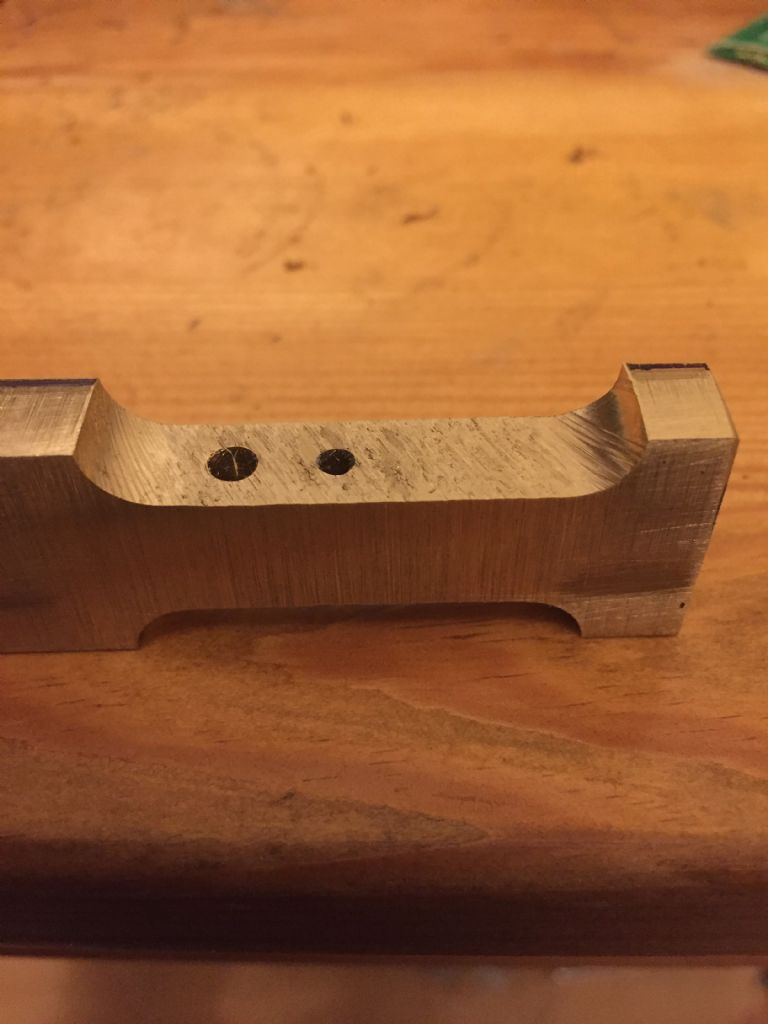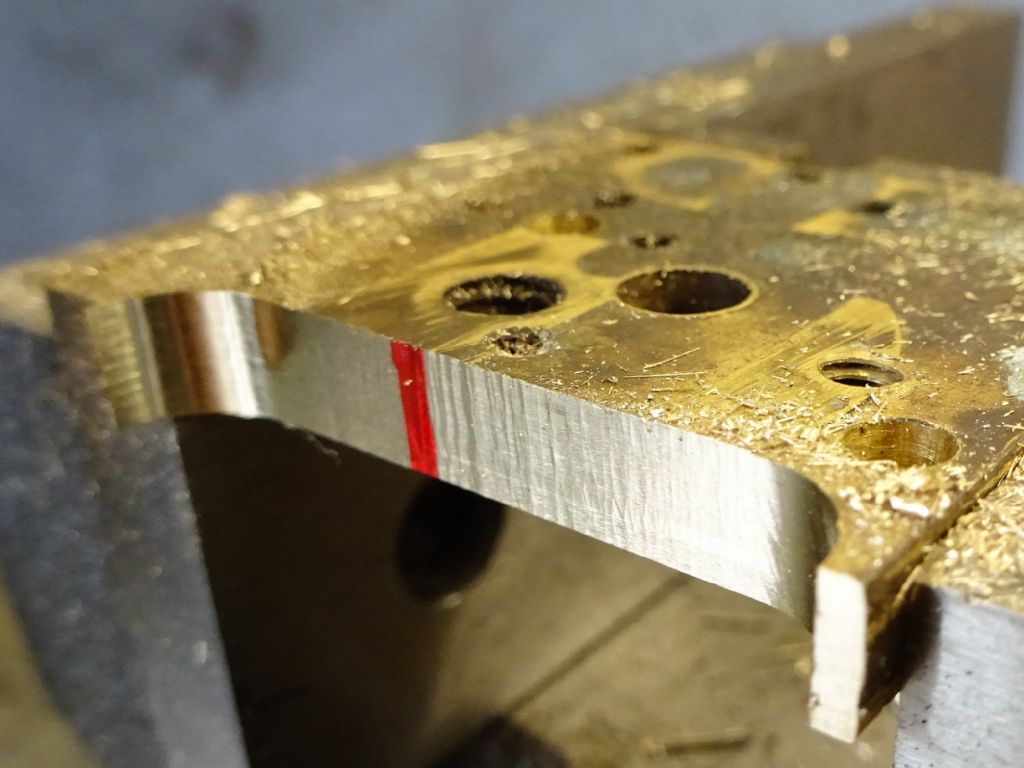Posted by Robin Graham on 13/01/2019 00:20:56:
… The trouble for me as rank amateur is that I read stuff about optimal feeds/speeds for both lathe and mill work, but there always seems to be an underlying assumption that the rigidity of the machine isn't a problem. For example, I think that there is a rule of thumb that we can take off a cubic inch per minute per horsepower or something in steel. In my dreams! …
You don't get asked about the machine, just about power, DOC &c. so I assume the rigidity of the machine is a given – we don't have to worry about that.
What mystified me about upping speed and feed on my little mill was that the machine seemed happier – I didn't seem to have to wind so hard although I was taking metal off faster. Maybe subjective though.
Robin
Don't worry too much – being self-taught is learning the hard way! Not having a feel for the ability of your machine is likely to be a problem for newcomers.
I did exactly the same as you and was far too genteel in the workshop. Apart from excessive delicacy taking far too long to complete jobs, it also tends to blunt tools rapidly, further reducing confidence. Add to that the possibility that a beginner might practice on vile lumps of difficult to machine scrap, and you might well end up underestimating your machine – I did.
One consolation, assuming a lightly built hobby mill can cut like a Bridgeport is far worse. Heavy-handed beginners get inaccurate cuts and poor finish because the machine flexes. They also risk breaking something. Far from unknown for beginners to wear out brushes, fry their electronics, strip gears, or even burn out motors. One solution for heavy handed hobbyists is to buy an industrial machine, the other is to develop the extra skills needed to work with a lightweight.
On small machines there's a sweet-spot much less than the theoretically preferred cutting rate. It varies with the material, the cutter, lubrication, and the type of cut. Some people are naturals at finding it, others not. It's about sound and feel rather than theory.
The best way to learn is to watch an expert and ask him questions. Watching YouTube is helpful, and reading magazines/books/looking up tables will put you in the right ballpark. I've learned much from the forum – in particular Andrew's advice 'don't pussyfoot', plus hints from many others. However, I had to experiment because only experience can tell you what your particular machine will do. On my WM18 I've found: RPM should be set as close to the theoretical value as possible but the depth of cut and feed-rate both have to be reduced. There's a balance between depth of cut and feed-rate. In my case I was taking suitably deep cuts but had the feed-rate too low. I fixed most of my problems by increasing the DOC & feed-rate until the machine is heard to be working just short of sounding distressed, and when I can feel some resistance when pushing the cutter through metal. (Let the tool do the work rather than force it.) Basically you want the motor delivering no more than its rated power into cutting metal without applying enough force to bend the machine. Work the mill moderately hard but don't thrash it.
Dave
Edited By SillyOldDuffer on 13/01/2019 11:43:15
Anonymous.






